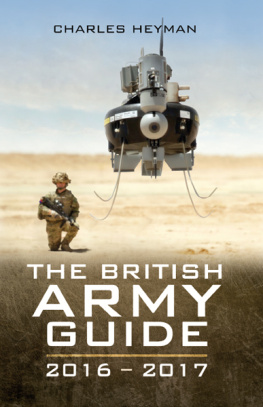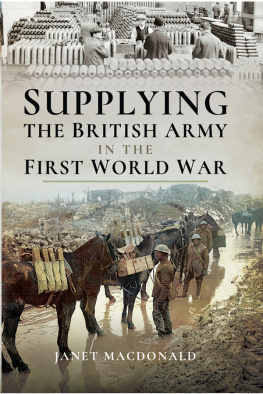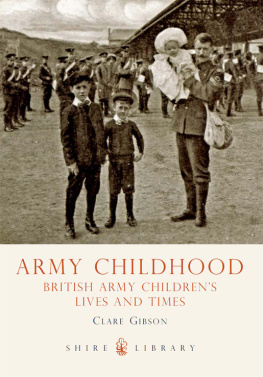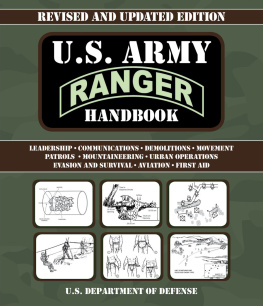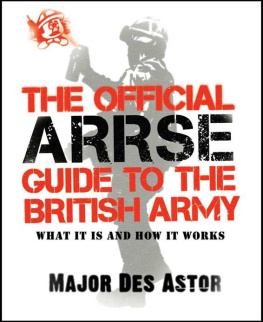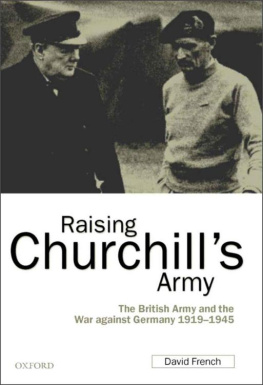ISBN: 978 1 47384 547 3
PDF ISBN: 978 1 47384 550 3
EPUB ISBN: 978 1 47384 549 7
PRC ISBN: 978 1 47384 548 0
Price 9.99
Pen & Sword Books Ltd
47 Church Street
Barnsley S70 2AS
Telephone: 01226-734222 Fax: 01226-734438
www.pen-and-sword.co.uk
R&F Defence Publications
The Information in this publication has been gathered from unclassified sources.
Front Cover: T Hawk UAV clearing a route of improvised explosive devices as part of the Talisman route clearance system. (Copyright MoD 2015)
Rear Cover: Soldier manning a .50 cal heavy machine gun mounted on a Jackal 2 All Terrain Vehicle. (Copyright MoD 2015)
CONTENTS
CHAPTER 1 OVERVIEW
GENERAL INFORMATION
Population European Union Top Five Nations
(2015 Official national estimates)
Germany | 81.1 million |
France | 64.3 million |
United Kingdom | 64.5 million |
Italy | 61.0 million |
Spain | 46.3 million |
Total European Union population is estimated at 507 million. For comparison other population estimates include: China 1,350 million; India 1,250 million; United States 321 million and Russia 144 million.
Finance European Union Top Five Nations (2015 IMF Estimates)
In billions of US$; Euros and UK

GDP (Gross Domestic Product) is an annual figure that values all of the goods and services produced by a country in that year. GDP is a very simple indicator of national wealth.
International Monetary Fund (IMF) projections for GDP in 2019 will be approximately:
European Union 22,328; United States 22,149; China 15,519; Japan 5,433; Germany 4,558; United Kingdom 3,704; France 3,393; India 3,182. (Figures are in billions of US$)
2011 Census UK Population
England | 53 million |
Scotland | 5.3 million |
Wales | 3.1 million |
Northern Ireland | 1.8 million |
UK Population Breakdown Military Service Groups
UK Office for National Statistics (2011 census figures figures rounded to the nearest hundred)

UK Area
(in square kilometres)
England | 130,423 |
Scotland | 20,766 |
Wales | 78,133 |
Northern Ireland | 14,160 |
Total | 243,482 |
Note: Comparisons include Germany 356,854 sq kms and France 550,000 sq kms. The total area of the European Union is 4,324,782 sq kms. The United States is 9,826,630 sq kms; Canada 9,984,670 sq kms; China 9,640,821 sq kms; India 3,166,414 sq kms and Russia 17,098,242 sq kms.
GOVERNMENT
The executive government of the United Kingdom is vested nominally in the Crown, but for practical purposes in a committee of Ministers that is known as the Cabinet. The head of the ministry and leader of the Cabinet is the Prime Minister and for the implementation of policy, the Cabinet is dependent upon the support of a majority of the Members of Parliament in the House of Commons. Within the Cabinet, defence matters are the responsibility of the Secretary of State for Defence.
National Security Council (NSC) This council is where the UK Government decides on the national defence and security objectives and the best way in which these objectives can be met using national resources. The National Security Council is chaired by the Prime Minister, and generally meets weekly with representation from across the major Departments of State. The Secretary of State for Defence attends as does the Chief of the Defence Staff when the need arises.
MILITARY TASKS AND DEFENCE PLANNING ASSUMPTIONS OF THE UKS ARMED FORCES
The 2010 Strategic Defence and Security Review (SDSR) stated that the contribution of the UK Armed Forces to the national security effort is defined by a number of Military Tasks (MT) and Defence Planning Assumptions (DPA).
Military Tasks (MT)
The seven military tasks are:
Defending the UK and its Overseas Territories
Providing strategic intelligence
Providing nuclear deterrence
Supporting civil emergency organisations in times of crisis
Defending the UKs interest by projecting power strategically and through expeditionary intervention
Providing a defence contribution to UK influence
Providing security for stabilisation
Defence Planning Assumptions (DPA)
These assume that in the future the UK Armed Forces will have the size and shape that will enable them to conduct operations of the following type:
An enduring stabilisation operation at around brigade level (possibly up to 6,500 personnel) with maritime and air support as required, while also conducting:
One non-enduring complex intervention (up to 2,000 personnel), and
One non-enduring simple intervention (up to 1,000 personnel):
or alternatively:
Three non-enduring operations if the UK Armed Forces are not already engaged in an enduring operation:
or
For a limited time period, and with sufficient warning, committing all the UKs effort to a one-off intervention of up to three brigades with air and maritime support at a level of about 30,000 personnel.
Having largely worked through the effects of the restructuring and budgetary cuts imposed by the 2010 Strategic Defence and Security Review (SDSR) the UK Armed Forces await the publication of the 2015 SDSR with analysts expecting some reductions in the UKs defence capability. However, we believe that recent events in the Ukraine and the Middle East have prompted an urgent across the board rethink of the global threat and it is possible that any further reductions are unlikely.
FUTURE FORCE 2020
In general terms the planning framework provided by the Military Tasks and Defence Planning Assumptions provides an outline for structure which the UK Government aims to establish by 2020. The proposal is for the Future Force 2020 to have three main combined service elements:
The Deployed Force
The High Readiness Force
The Lower Readiness Force
This force will consist of 82,000 trained regular personnel and 30,000 trained reserves an army consisting of 112,000 personnel.
The Deployed Force
This will consist of those forces that are actually engaged in operations. Therefore aircraft engaged in operations (including the defence of the UKs airspace), forces involved in operations in the South Atlantic, forces operating in support of friendly nations and other expeditionary operations, plus the nuclear deterrent will all form elements of The Deployed Force.
The High Readiness Force
This force will consist of a range of maritime, air and land based units capable of deploying at short notice to meet the requirements of the Defence Planning Assumptions. Such forces would enable the UK to react quickly to a range of scenarios that might threaten our national security interests. These force elements would be capable of operating with allies or where necessary on stand-alone UK operations.
The High Readiness Force will include an enhanced Special Forces capability.
Next page
